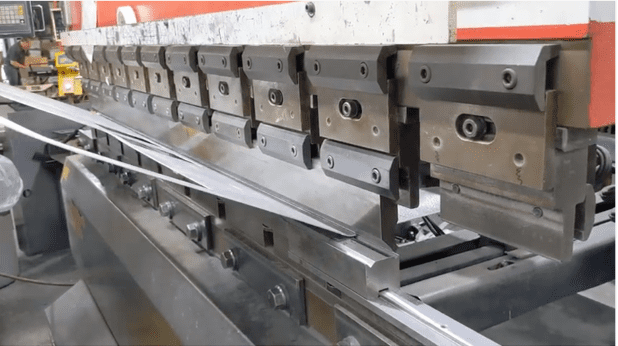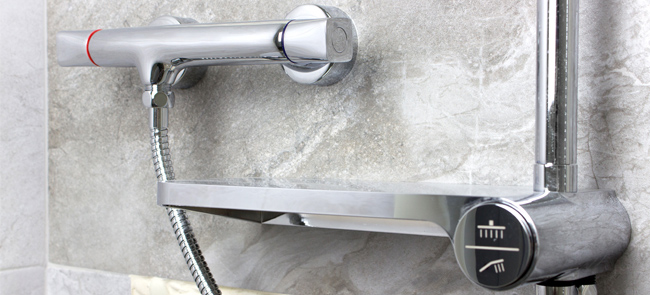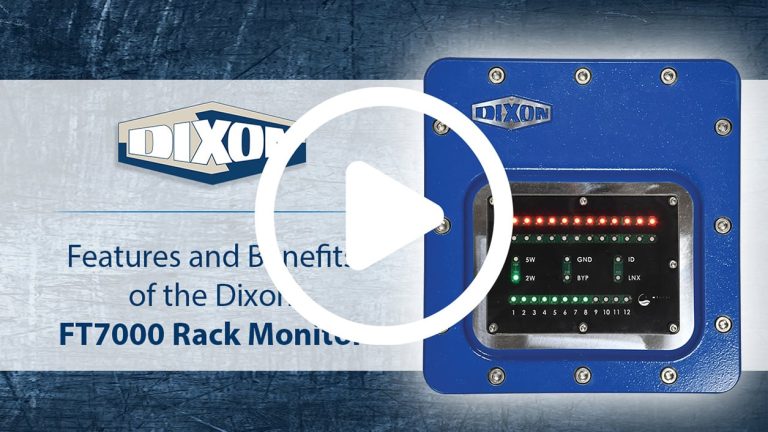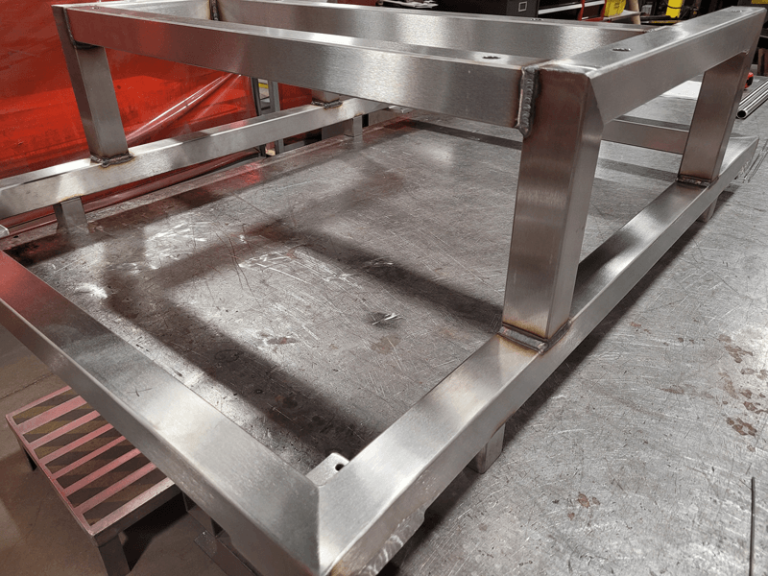Essential Guide to Spanners: Types, Uses, and Maintenance Tips
Spanners are indispensable tools in the realm of mechanical work, offering versatility in tightening and loosening fasteners. This article explores various types of spanners, their applications, and essential maintenance practices to ensure longevity and efficiency.
What are the different types of spanners available?
Spanners come in several types tailored for specific tasks:
- Open-End Spanners: Known for their simplicity and ability to work in tight spaces.
- Combination Spanners: Featuring both open-end and ring ends, offering flexibility.
- Adjustable Spanners (Wrenches): Known for their adjustable jaw size, accommodating various nut sizes.
- Socket Spanners: Used with sockets to provide a secure grip on nuts and bolts.
- Ratchet Spanners: Feature a ratcheting mechanism for easier operation in confined spaces.

What are the primary uses of spanners?
Spanners find application in diverse fields such as automotive repair, machinery maintenance, plumbing, and construction. They are essential for tightening or loosening bolts and nuts of different sizes and types.
How should spanners be maintained for optimal performance?
Proper maintenance enhances the longevity and effectiveness of spanners:
- Regular Cleaning: Remove dirt and debris after each use.
- Storage: Store spanners in a dry place to prevent rust.
- Lubrication: Apply lubricant to movable parts to ensure smooth operation.
- Inspect for Damage: Check for wear, cracks, or bent parts regularly.
- Replace when Necessary: Replace worn-out or damaged spanners promptly.
What safety precautions should be followed when using spanners?
Safety is paramount when using spanners to prevent accidents and injuries:
- Wear Protective Gear: Use gloves and safety goggles.
- Secure Workpiece: Ensure the workpiece is stable and secure.
- Use Correct Size: Always use the right size spanner for the nut or bolt.
- Avoid Overexertion: Do not apply excessive force that could damage the tool or cause injury.
In conclusion, spanners are essential tools in various industries due to their versatility and functionality. Understanding the different types of spanners, their uses, and maintenance practices ensures they remain effective and reliable over time. By following proper maintenance and safety protocols, users can maximize the lifespan and performance of their spanners, contributing to efficient work practices.





